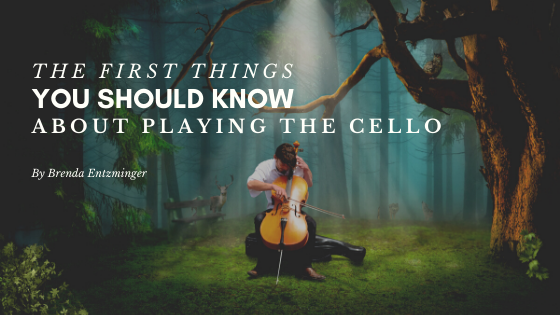The cello is a beautiful instrument that plays an essential part in orchestras, quartets, and music in general. When looking to learn how to play the cello, there are many things to know before getting started.
Finances
Like any extracurricular activity, playing an instrument can be quite costly. The cello is one of the largest instruments available, and as these instruments are often hand-crafted, purchasing one can require a substantial investment. With regular upkeep, lessons, and replacement parts, learning to play the cello will require a good deal of money, but those who stick with the instrument can attest that it is all worthwhile.
Time
Learning to play the cello will take time, and attaining mastery in the span of a few months or years is improbable. From learning scales to maintaining the proper posture, there are many aspects of playing the cello that require consistent practice and dedication. Knowing how much of a commitment the cello is before learning to play is essential, as players must be willing to devote their time to the instrument.
Instrument Size
The cello is quite sizable, but it comes in different sizes, as well; cellos are available in fractional sizes. When getting started, it is important that individuals select a cello that is properly sized so that they are able to properly play it. The sound quality will be the same no matter what size instrument you have, but in order to manage the instrument at all, it is crucial to ensure you purchase the correct size.
Tuning
An important skill to learn as an instrumentalist is the art of tuning your cello. While instructors may be able and willing to do this for you at first, learning to do it yourself will ensure you associate notes with the correct corresponding pitch and will also help you become more familiar with the instrument.
Rosin
Applying rosin to your bow is important when it comes to producing the correct sound. Finding the correct amount of rosin to apply to your bow can be tricky and often comes only after time and practice. Too little rosin can cause the bow to slip, but too much rosin makes the bow cling to the strings.
